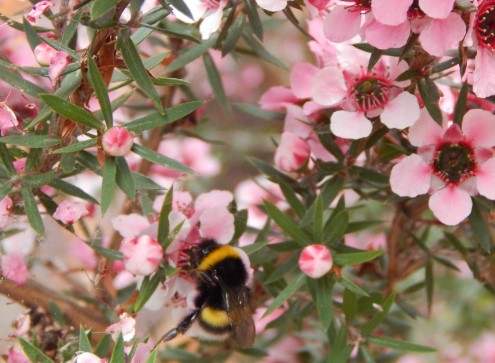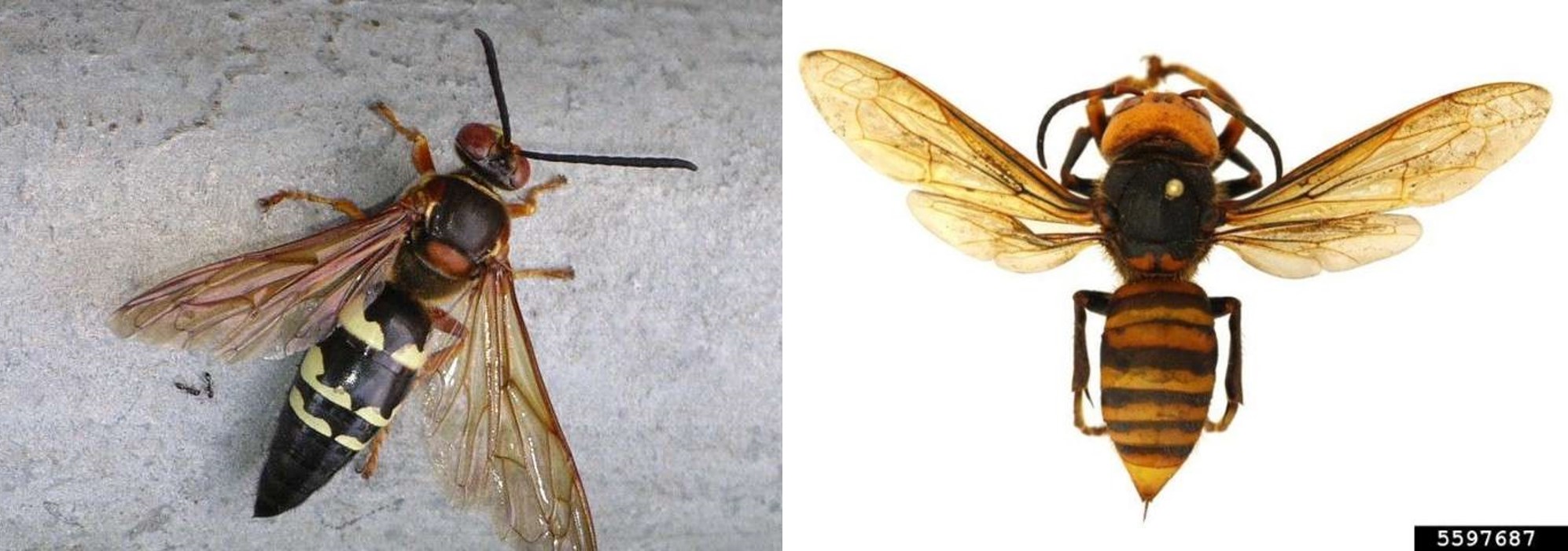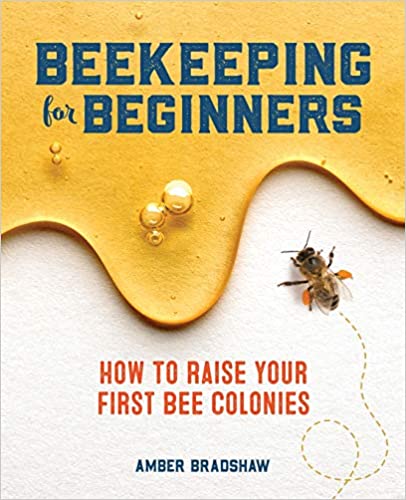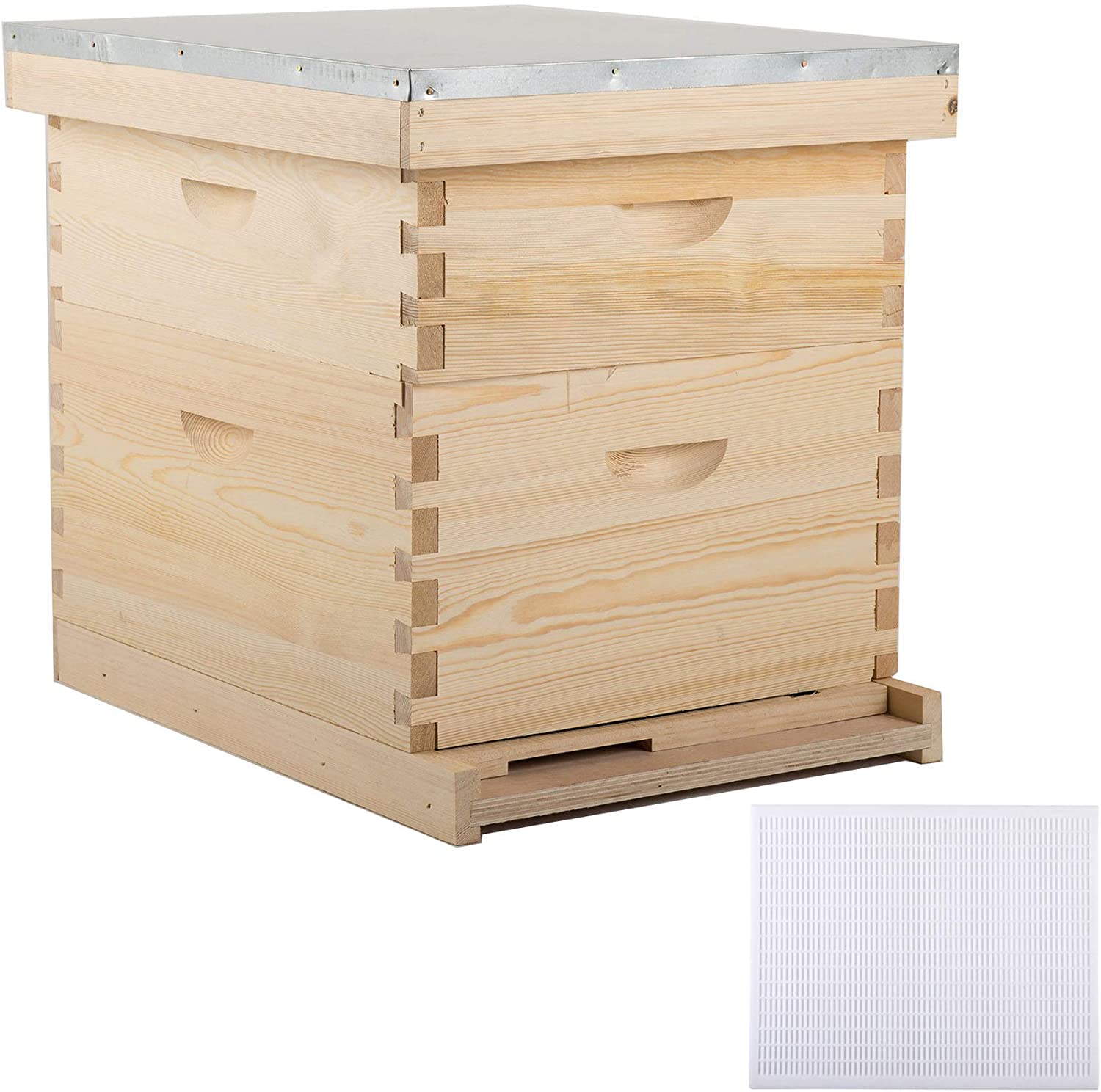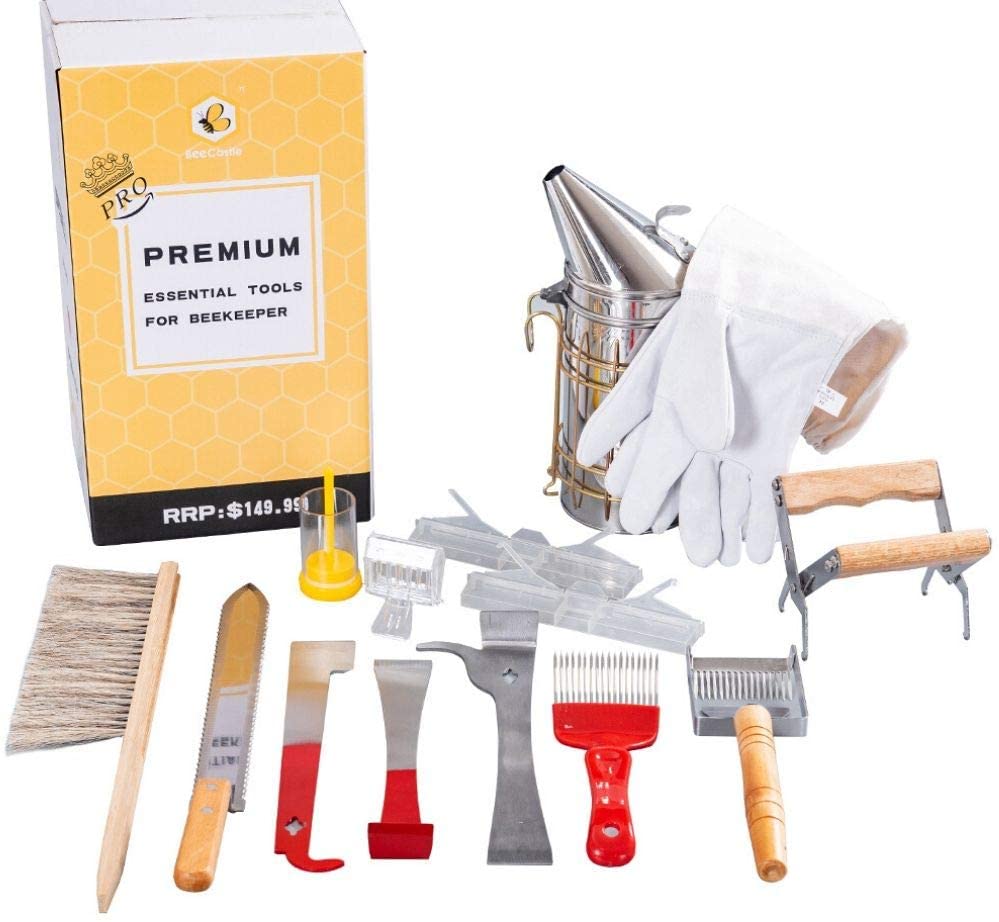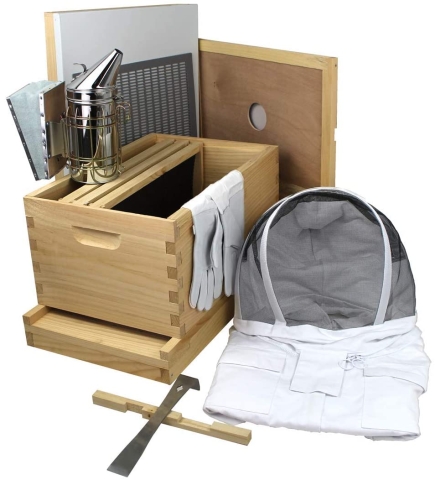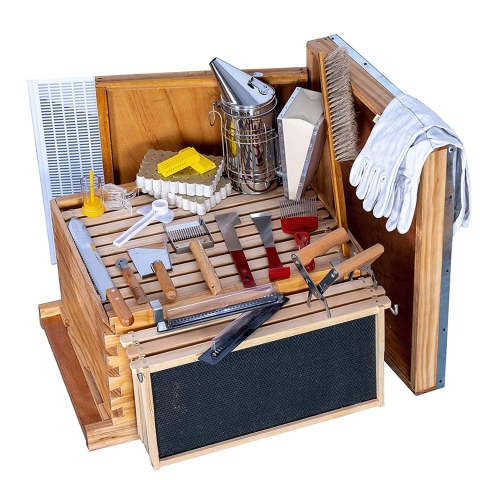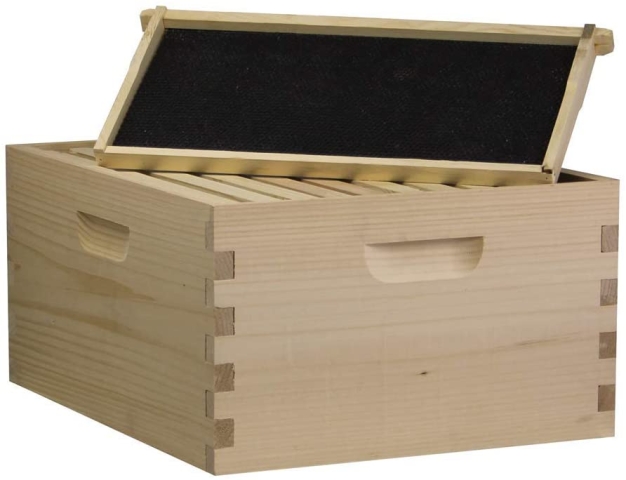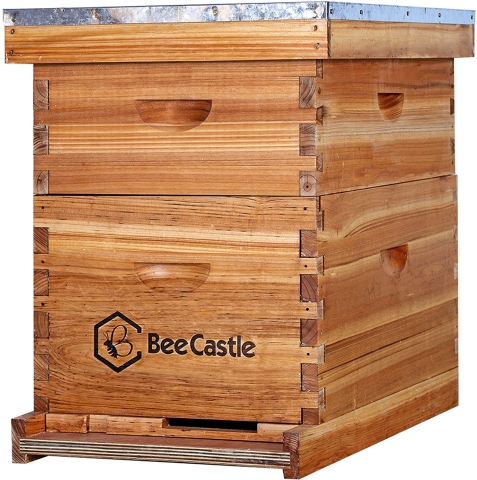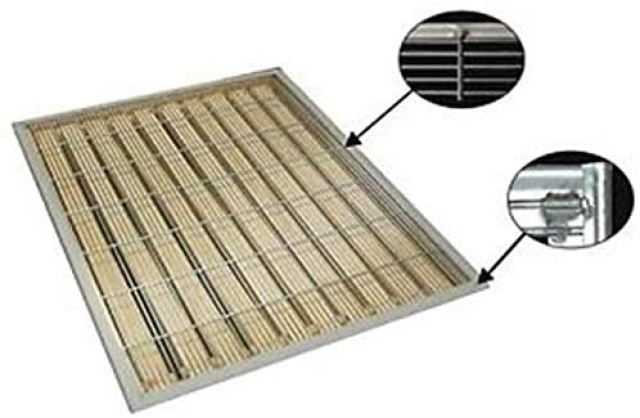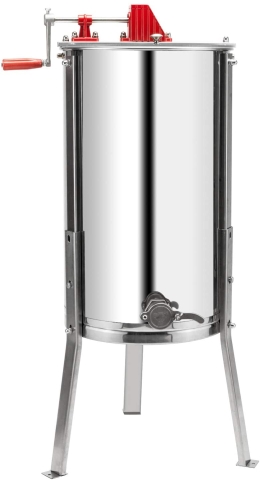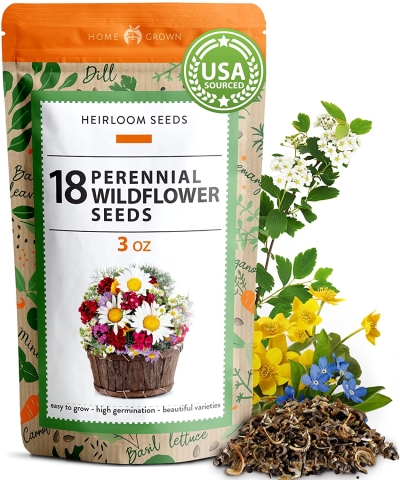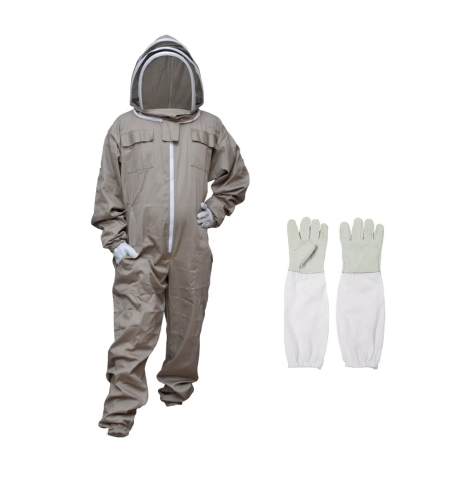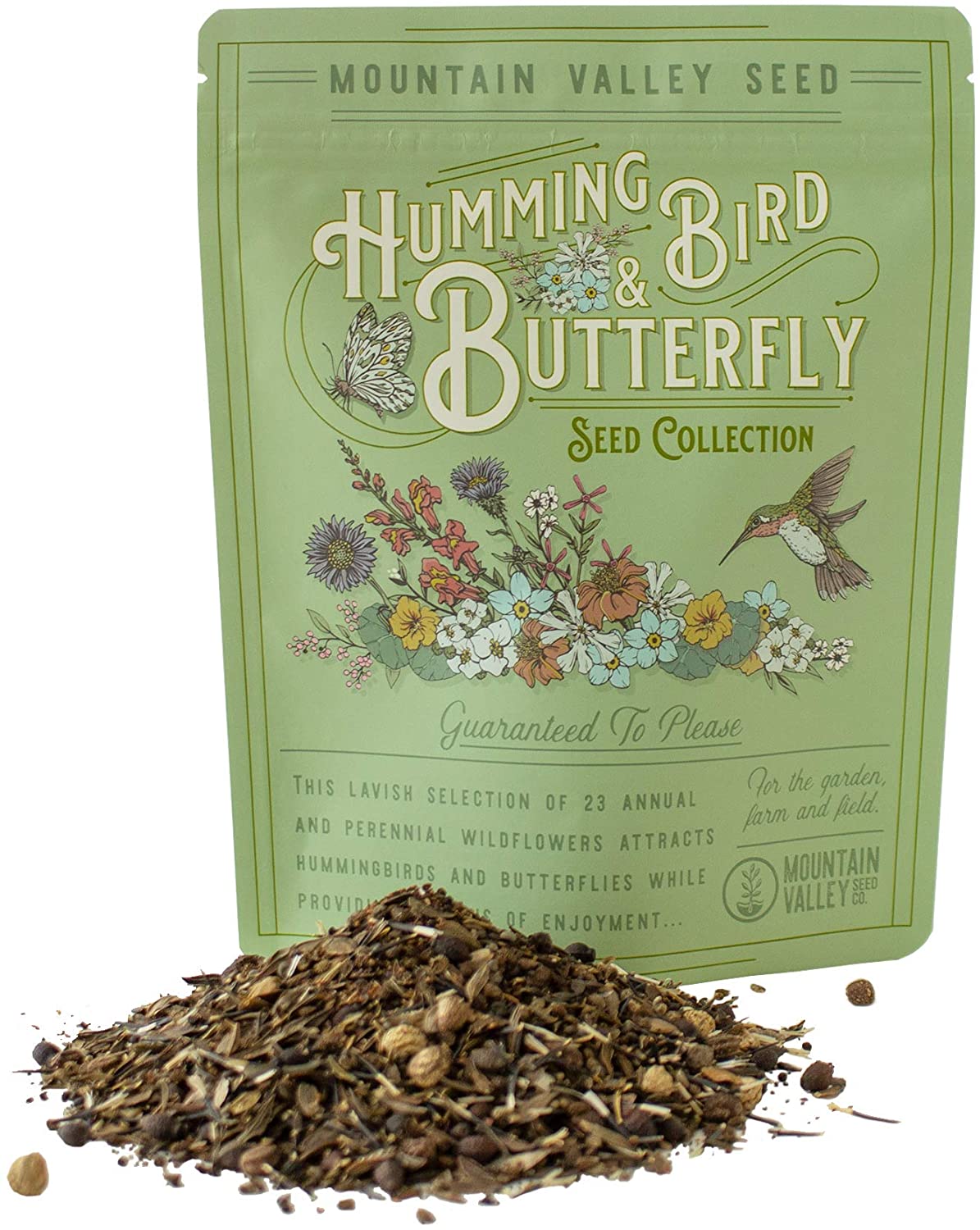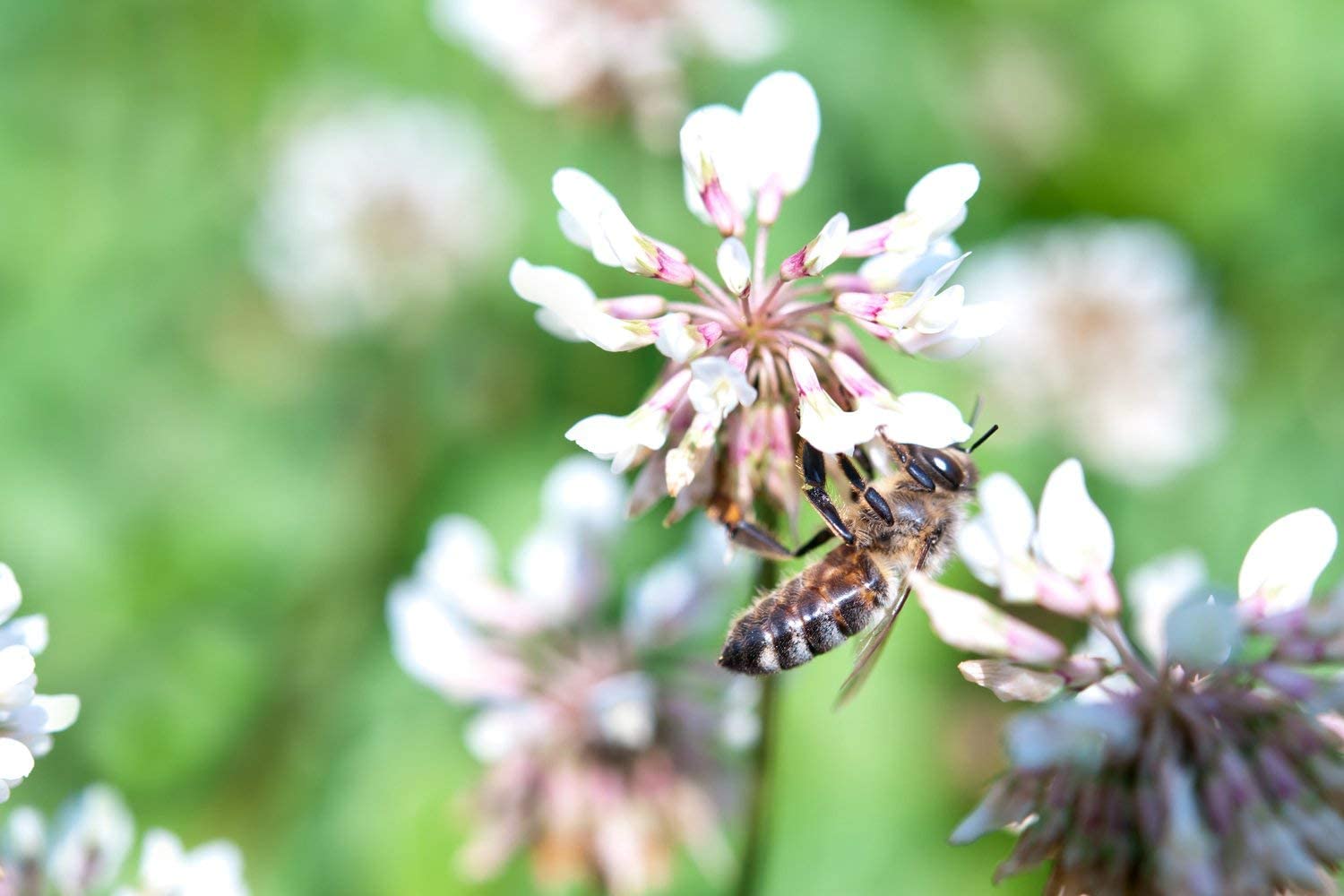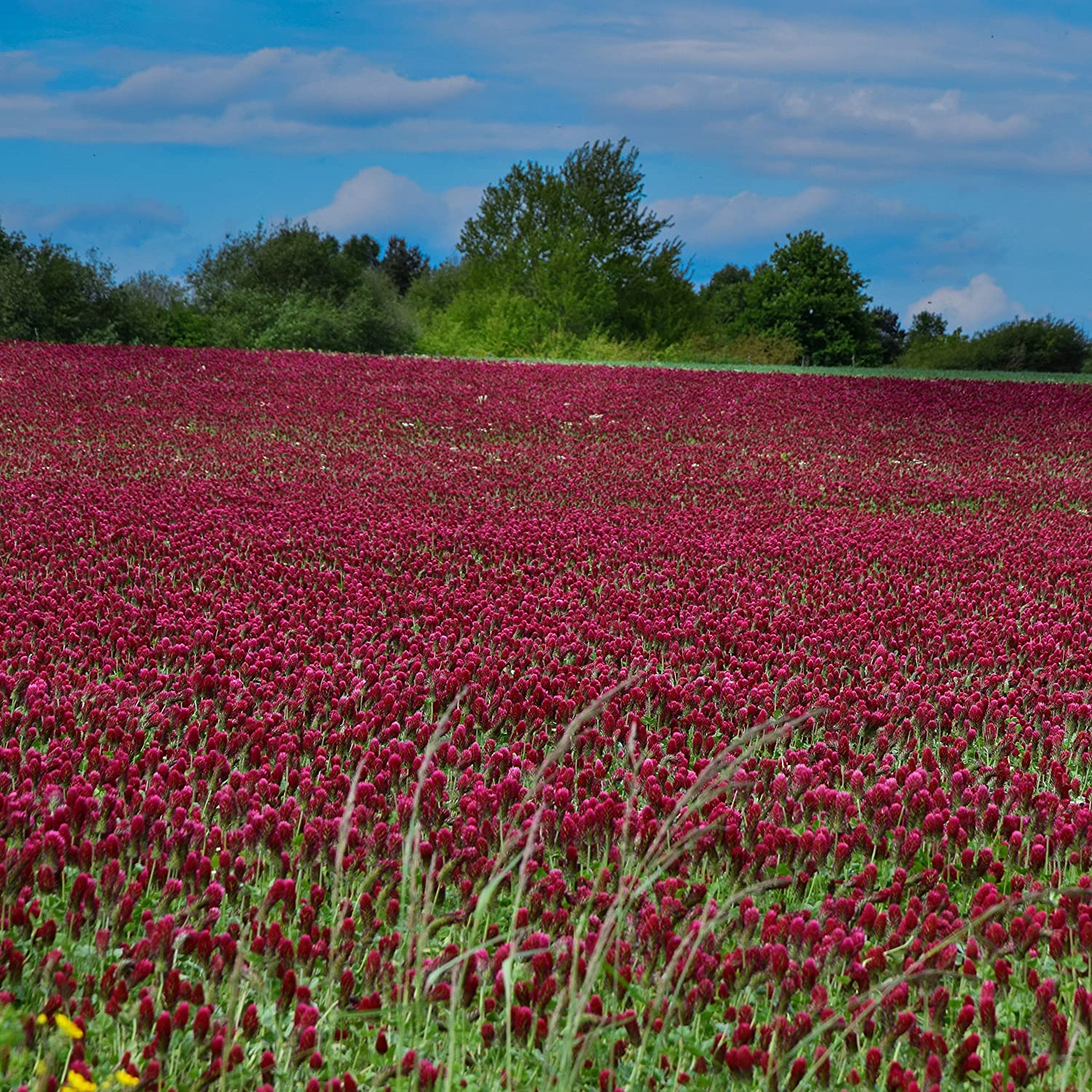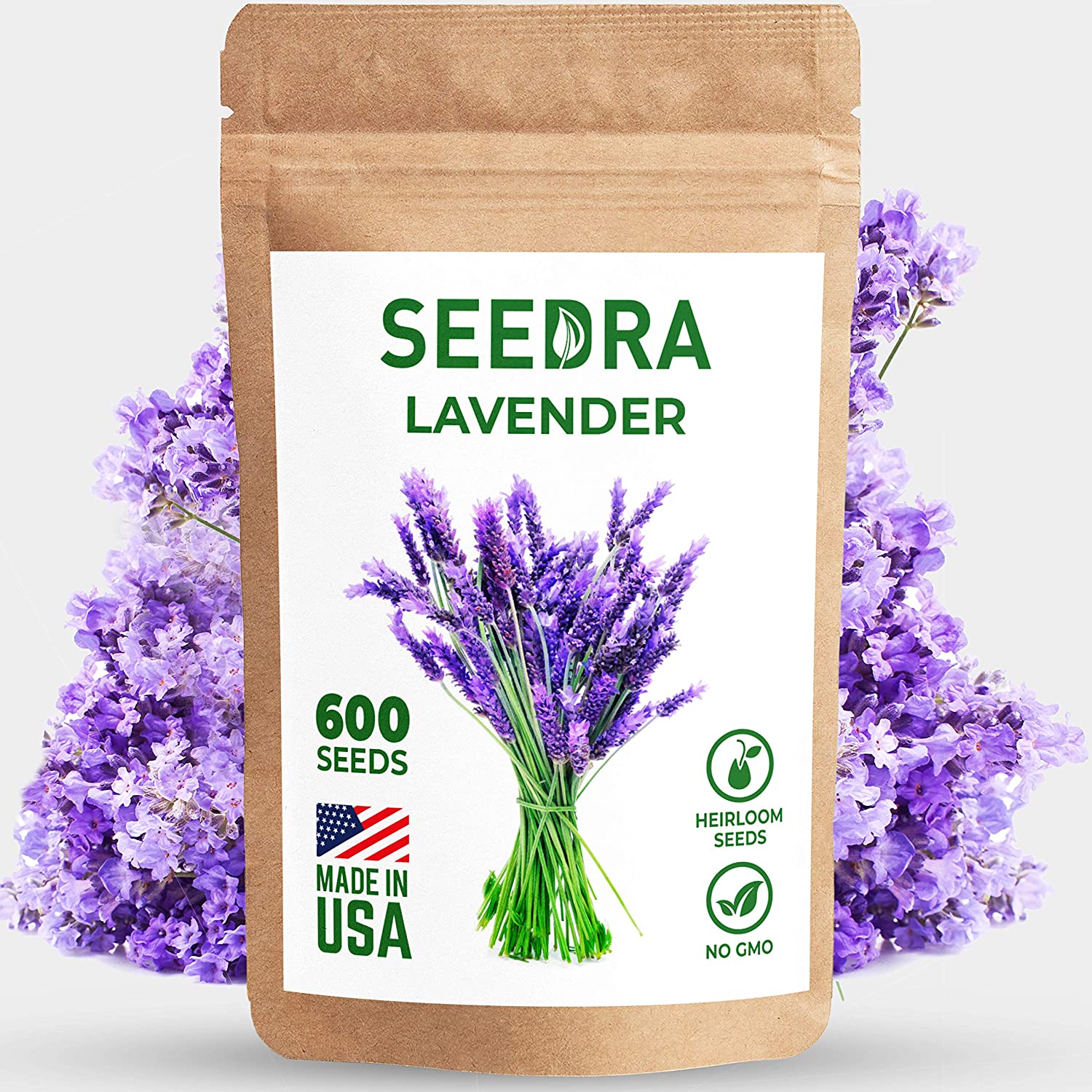Beekeeping
(Click image Above for Great Website about Bees)
WHEN BUILDING a sustainable garden, the first thing you might notice is the insects. A healthy, sustainable garden should have abundant insect activity. Everywhere you look, you should see activity and the number one insect you should see all over your garden, busily working to produce food and pollenate your plants, is of course, the busy little bee.
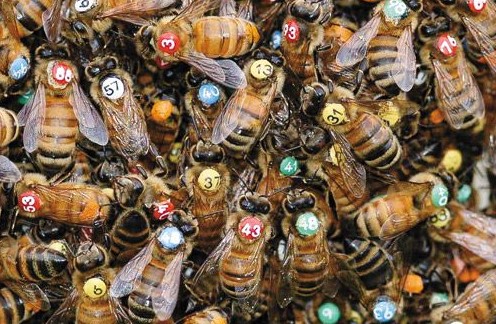 HONEY BEES, SWEAT Bees, Mason Bees, Carpenter Bees and Bumble bees should be everywhere, buzzing, hovering, drinking and covering themselves in the pollen from your plants. Scientific studies are even finding that bees (mason bees specifically) will bite the leaves of plants that have not bloomed yet, in order to make the plants bloom. It has been found that something in the bees saliva, in addition to the little nibble on the leaf, convinces the plant that it should reproduce as quickly as possible. The flowers then open up, creating a beautiful floral display, alive with scents and insect activity. Click the image link above for an article about bee behavior.
HONEY BEES, SWEAT Bees, Mason Bees, Carpenter Bees and Bumble bees should be everywhere, buzzing, hovering, drinking and covering themselves in the pollen from your plants. Scientific studies are even finding that bees (mason bees specifically) will bite the leaves of plants that have not bloomed yet, in order to make the plants bloom. It has been found that something in the bees saliva, in addition to the little nibble on the leaf, convinces the plant that it should reproduce as quickly as possible. The flowers then open up, creating a beautiful floral display, alive with scents and insect activity. Click the image link above for an article about bee behavior.
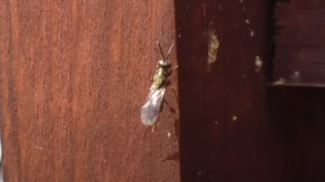
ONE OF THE MOST important things to keep in mind when raising bees, is to keep wasps away at all costs. Large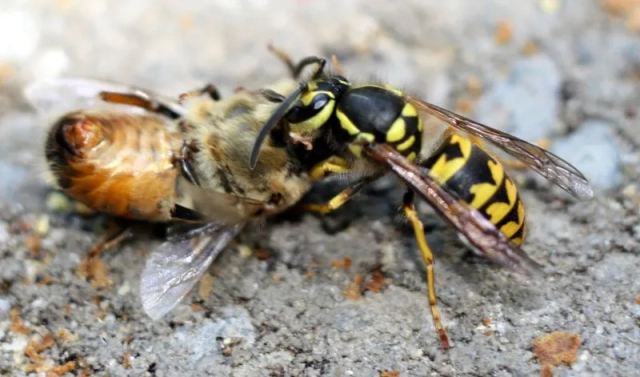 wasps tend to be destructive as well as being aggressive towards humans and other insects. Wasps kill spiders, bees, and young Preying Mantis'. There are some breeds of wasps which are beneficial, however, most of those are smaller than 3/4 inch long. Even Dirt daubers are destructive to beehives. Rule of thumb with wasps - the smaller it is, the more beneficial it is. With one exception - the Cicada Killer. Above is a image link to a website blog of a beekeeper who learned the hard way how destructive and devastating yellow jackets can be to bee hives.
wasps tend to be destructive as well as being aggressive towards humans and other insects. Wasps kill spiders, bees, and young Preying Mantis'. There are some breeds of wasps which are beneficial, however, most of those are smaller than 3/4 inch long. Even Dirt daubers are destructive to beehives. Rule of thumb with wasps - the smaller it is, the more beneficial it is. With one exception - the Cicada Killer. Above is a image link to a website blog of a beekeeper who learned the hard way how destructive and devastating yellow jackets can be to bee hives.
Cicada Killer (Beneficial) - vs - Giant Asian Hornet (Harmful and Invasive Murder Hornet)
THE CICADA KILLER (Left Image) is a large solitary wasp which is red and yellow and black. Only the females have stingers and they are only interested in Cicadas 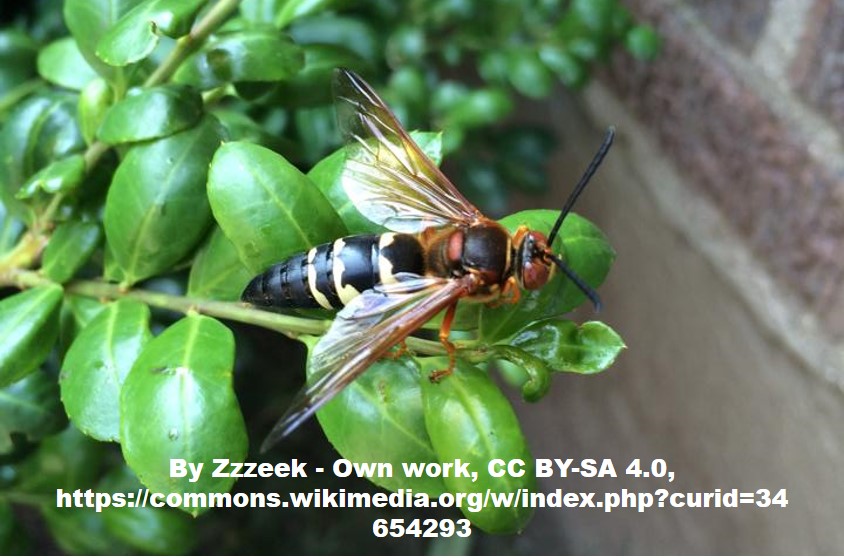 which damage the roots of trees and plants. Usually, these are most identifiable as they are HUGE, the front half of their body is red, the back half of their body is black/yellow striped. The males do not have stingers but will buzz your head if you get close to their territory. They are harmless! and most importantly, there is not any evidence that Cicada killers have any impact on bee hives.
which damage the roots of trees and plants. Usually, these are most identifiable as they are HUGE, the front half of their body is red, the back half of their body is black/yellow striped. The males do not have stingers but will buzz your head if you get close to their territory. They are harmless! and most importantly, there is not any evidence that Cicada killers have any impact on bee hives.
HORNETS, yellowjackets, and all the other social wasps, are generally devastating to bee and spider populations. Now we hear that Giant Asian Hornets (see comparison above - Asian Hornet is on the Right)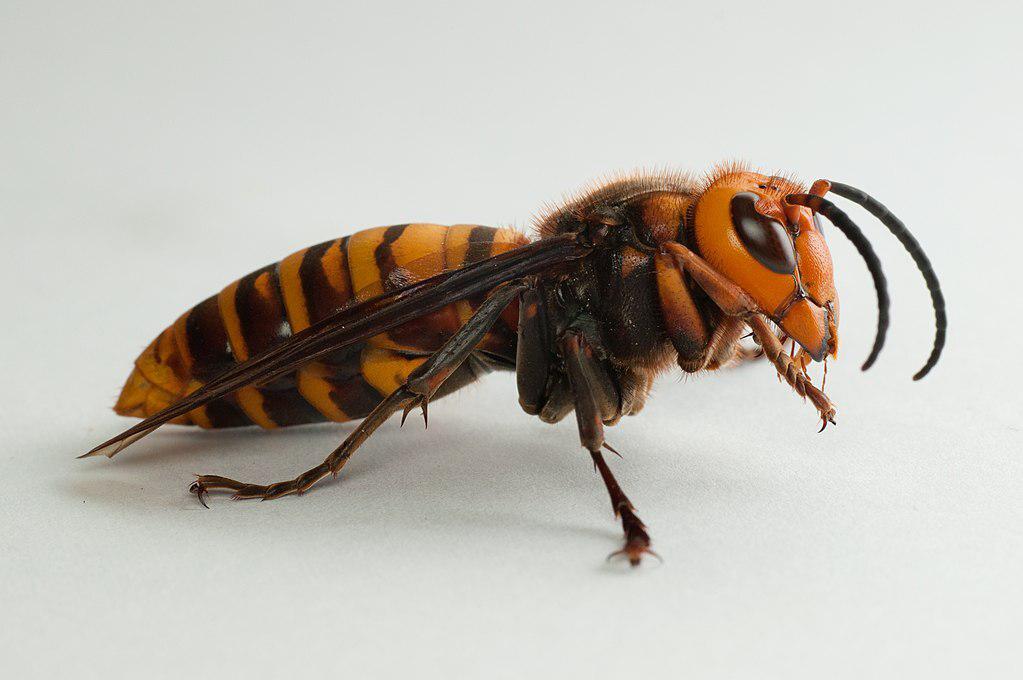 , better known as Murder Hornets have arrived in the US. This link shows how to set up a trap to catch and destroy the Murder Hornet. As more species of wasps are introduced to our country, bee populations will continue to decline, and unless something is done, there will be very few, if any bees remaining, and this is the primary environmental danger we face and is a danger we can actually do something about and are in large part responsible for creating.
, better known as Murder Hornets have arrived in the US. This link shows how to set up a trap to catch and destroy the Murder Hornet. As more species of wasps are introduced to our country, bee populations will continue to decline, and unless something is done, there will be very few, if any bees remaining, and this is the primary environmental danger we face and is a danger we can actually do something about and are in large part responsible for creating.
CLICK HERE for an article about the EPA d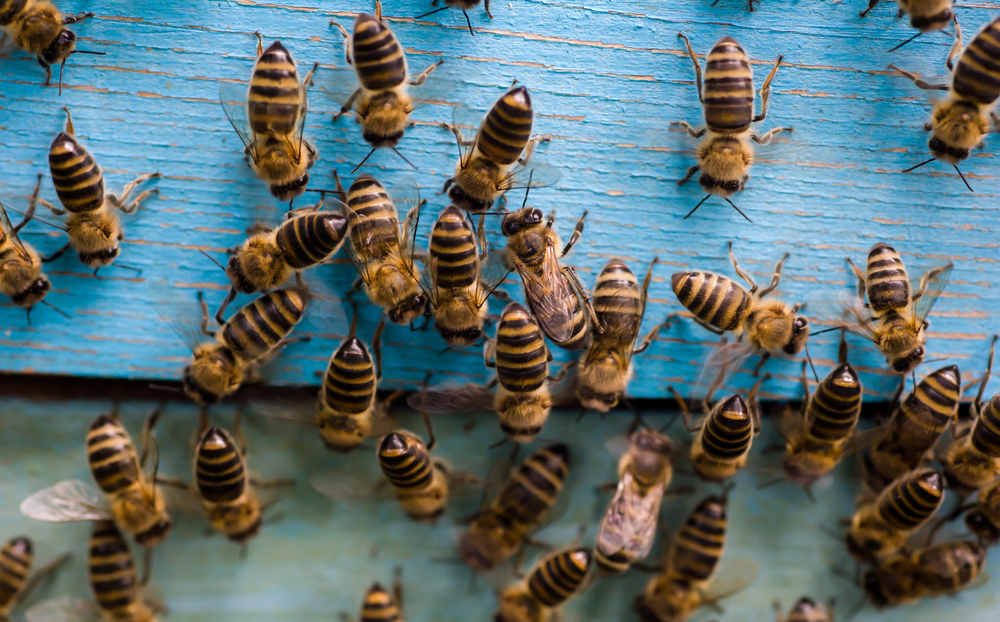 oing nothing to save the bees.
oing nothing to save the bees.
WHAT CAN YOU do to protect your bees (and all bees?) First, plant flowers everywhere. Utilizing one of the concepts from Bio-Diverse farming, which is also utilized in regenerative agriculture practices, and sustainalbe farming. First step is to plant all "non-crop" property in flowers. Specifically flowering plants which draw bees. Clover is one of their favorites and the aromatic purple flowers will draw thousands of bees and make your property smell wonderful.
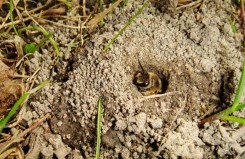 THE SECOND MOST important characteristic to understand about bees is this: 70% of ALL BEE SPECIES live in the soil. They burrow in the soil, lay their eggs in the soil and raise their families in the soil. If we are plowing up all the soil to raise food, who are we killing??? Yep, you guessed it. Farming using the Regenerative Agriculture methods of renewing the soil, never tilling and never spraying insecticides will help to repopulate the bee populations, and give them a fighting chance against the wasps. Click the image link above for an informative article about ground dwelling bees.
THE SECOND MOST important characteristic to understand about bees is this: 70% of ALL BEE SPECIES live in the soil. They burrow in the soil, lay their eggs in the soil and raise their families in the soil. If we are plowing up all the soil to raise food, who are we killing??? Yep, you guessed it. Farming using the Regenerative Agriculture methods of renewing the soil, never tilling and never spraying insecticides will help to repopulate the bee populations, and give them a fighting chance against the wasps. Click the image link above for an informative article about ground dwelling bees.
T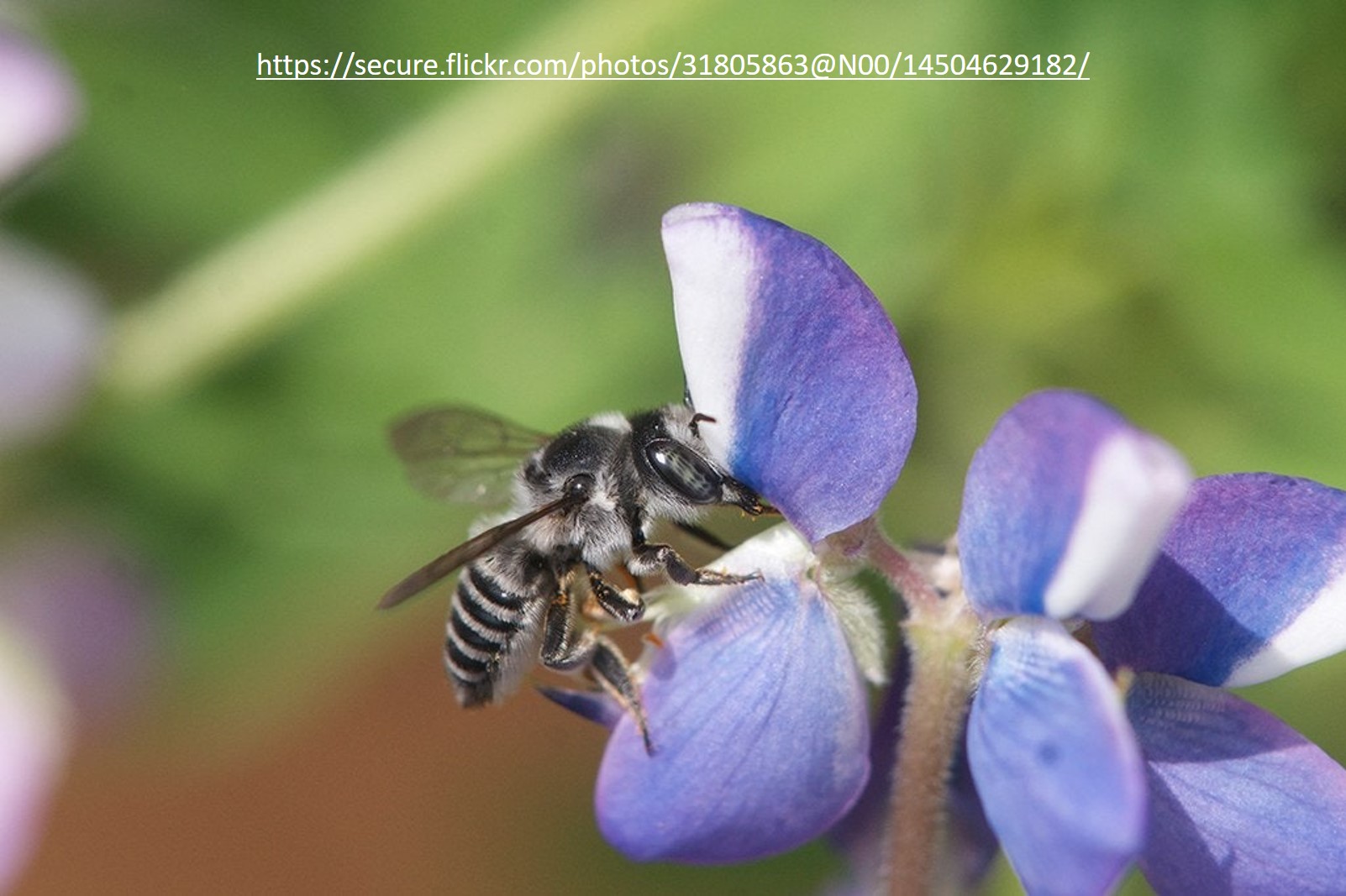 HIS ARTICLE linked to the right describes Neonicontinids and where they can be found and why you should avoid them.
HIS ARTICLE linked to the right describes Neonicontinids and where they can be found and why you should avoid them.
THIS WOULDNT be a complete article about Bees if I didnt mention HONEY!! Honey is the wonderful liquid gold produced by one of our favorite insects. Honey's health benefits are touted by health gurus and farmers alike! Honey is chaulk full of Antioxidants, Vitamins, Minerals, anti bacterial properties and has even been classified to contain medicinal properties. While some people may have allergic reactions, so caution is advised when selecting honey for your home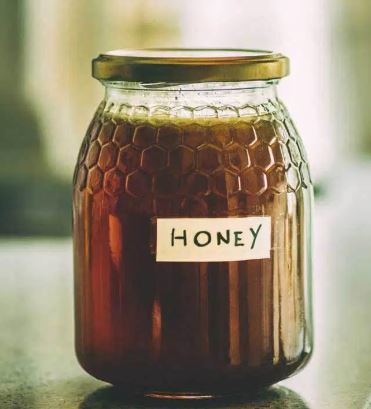
BELOW YOU can find links to items you may be interested in purchasing to help with your beekeeping venture. Always remember, with everything sustainable the key is "BEE Friendly"...





